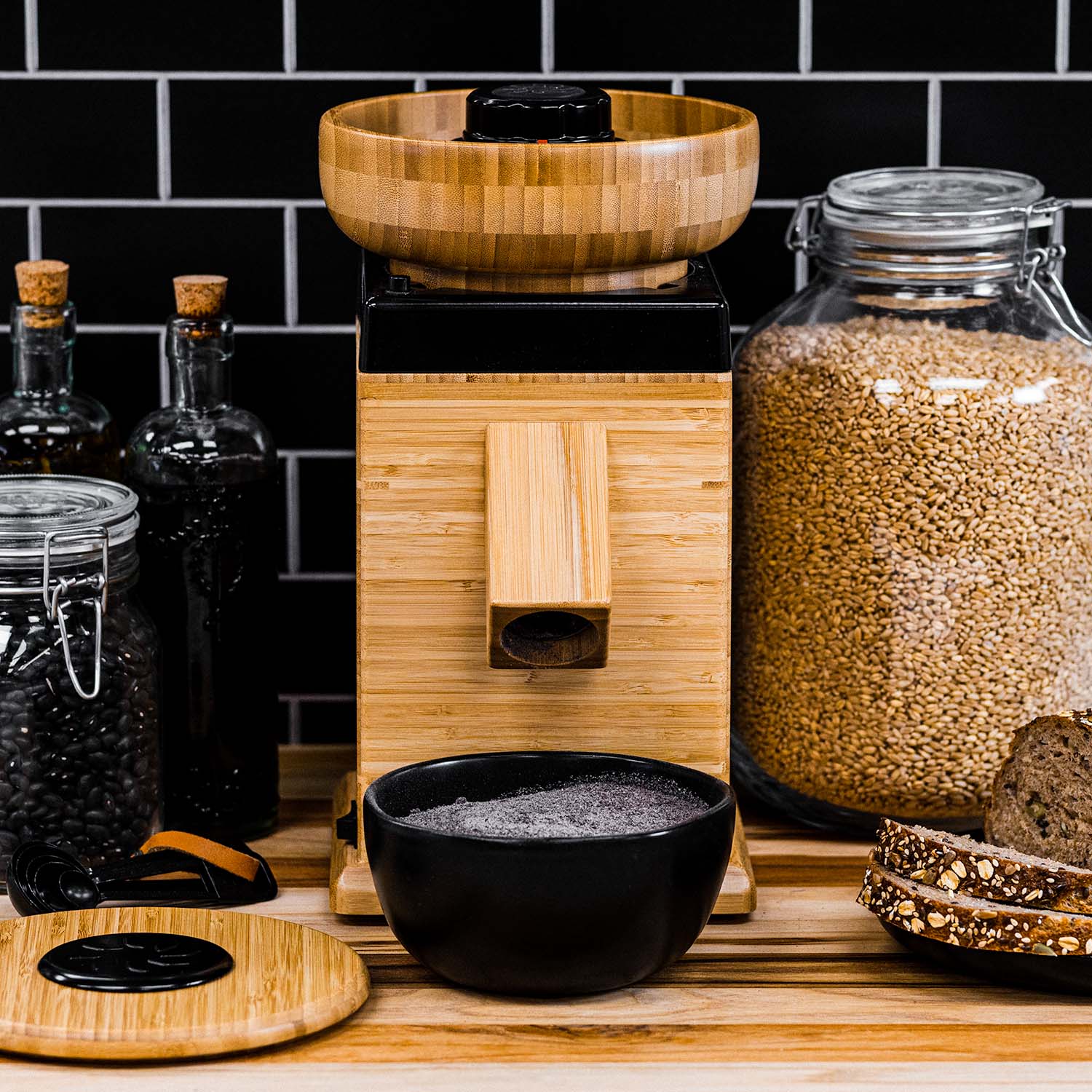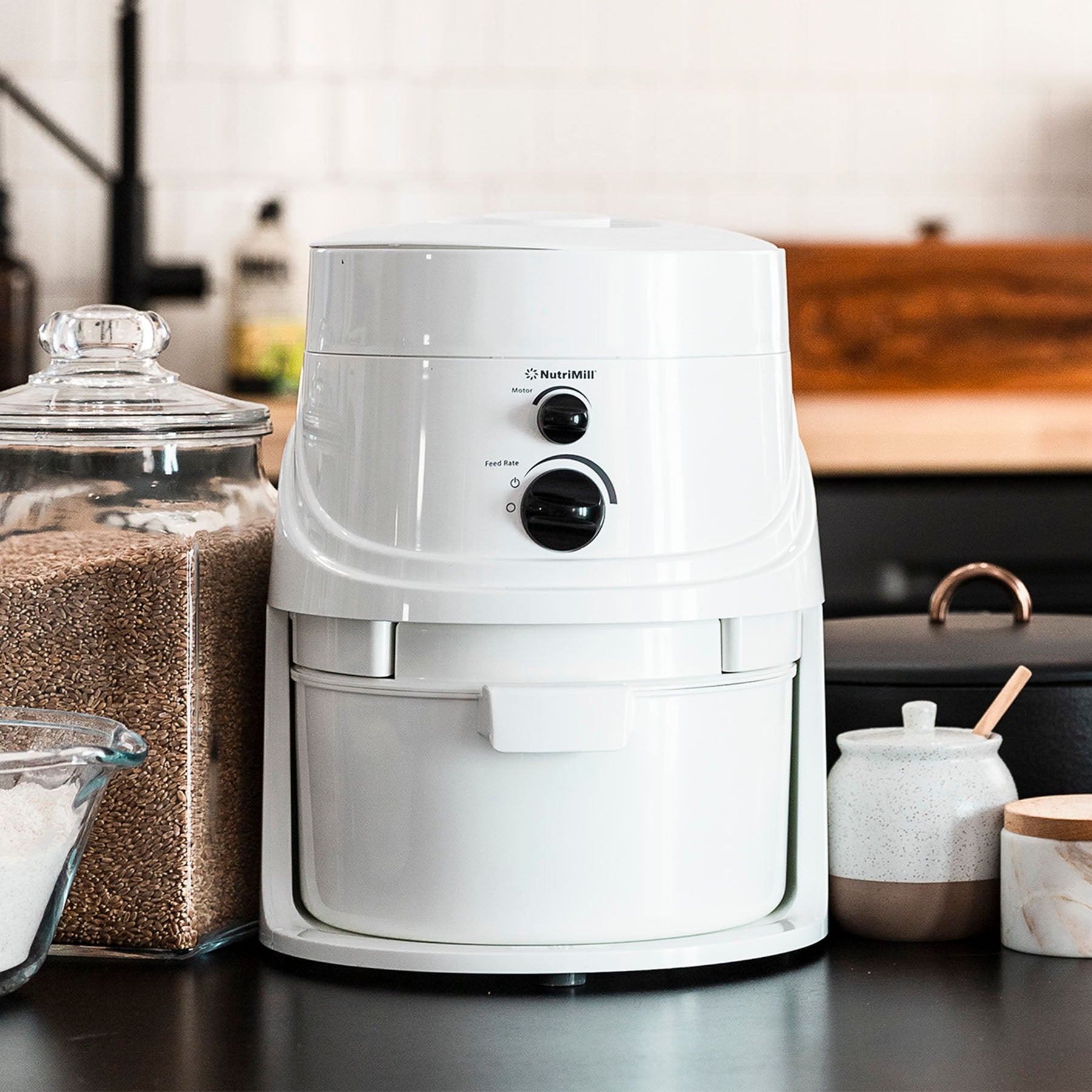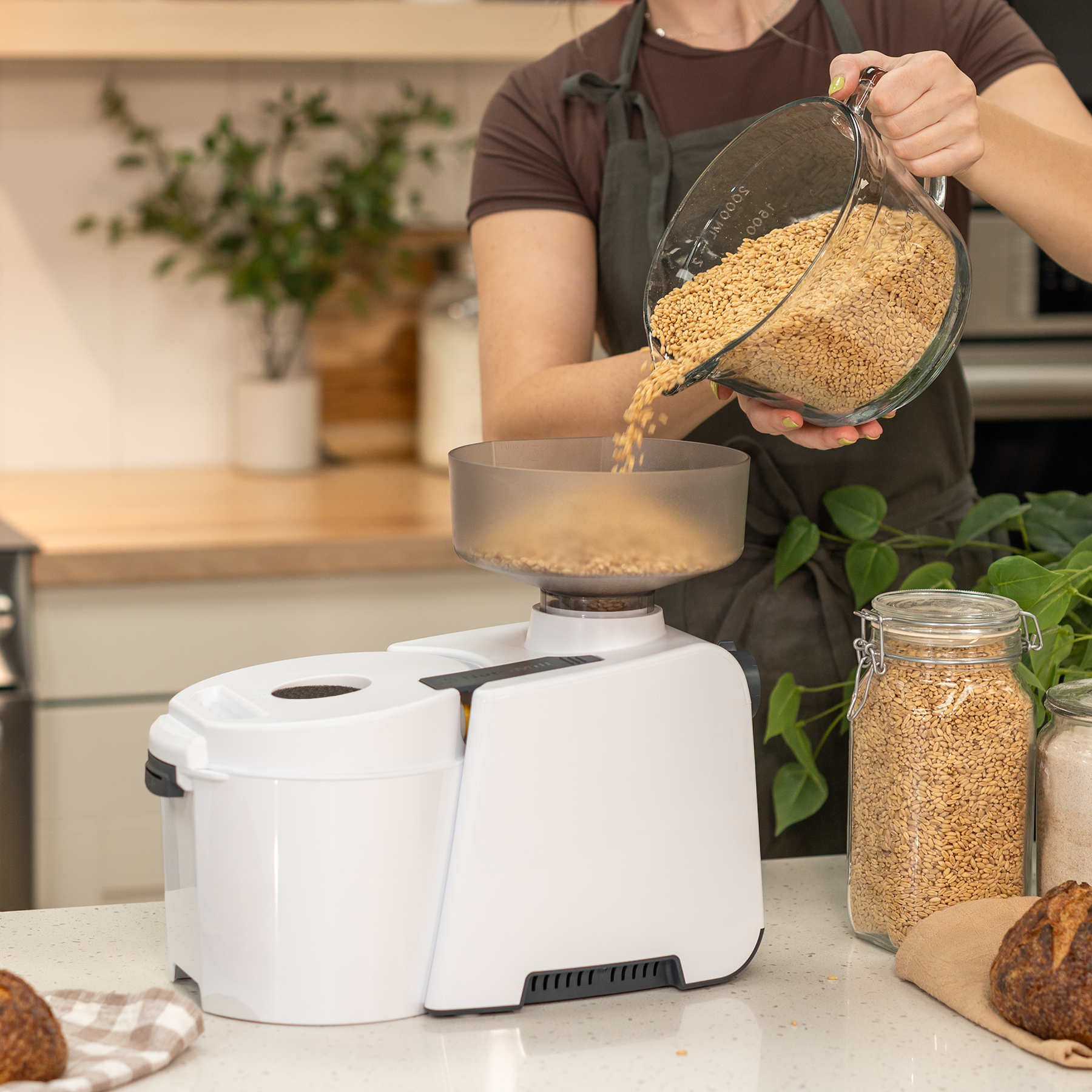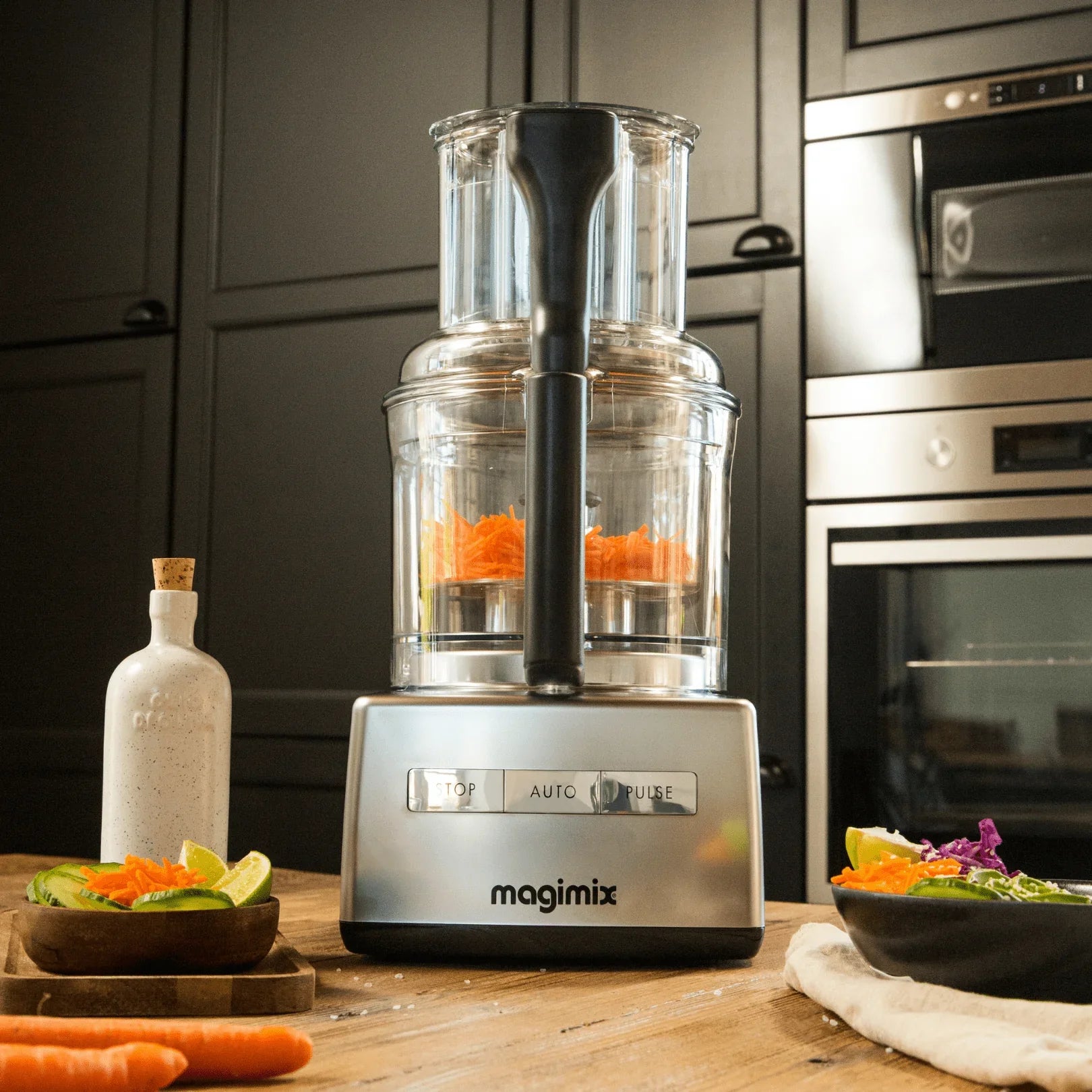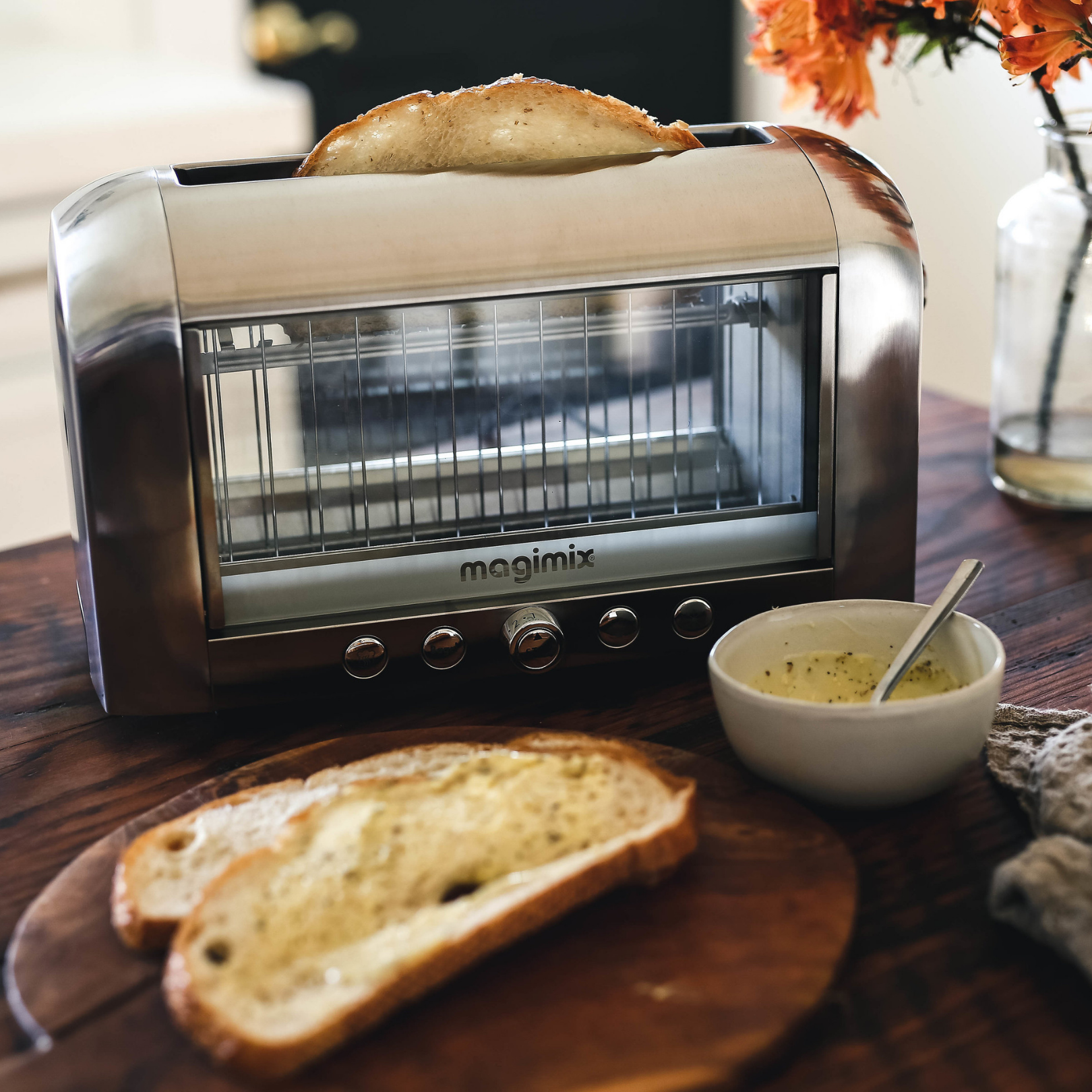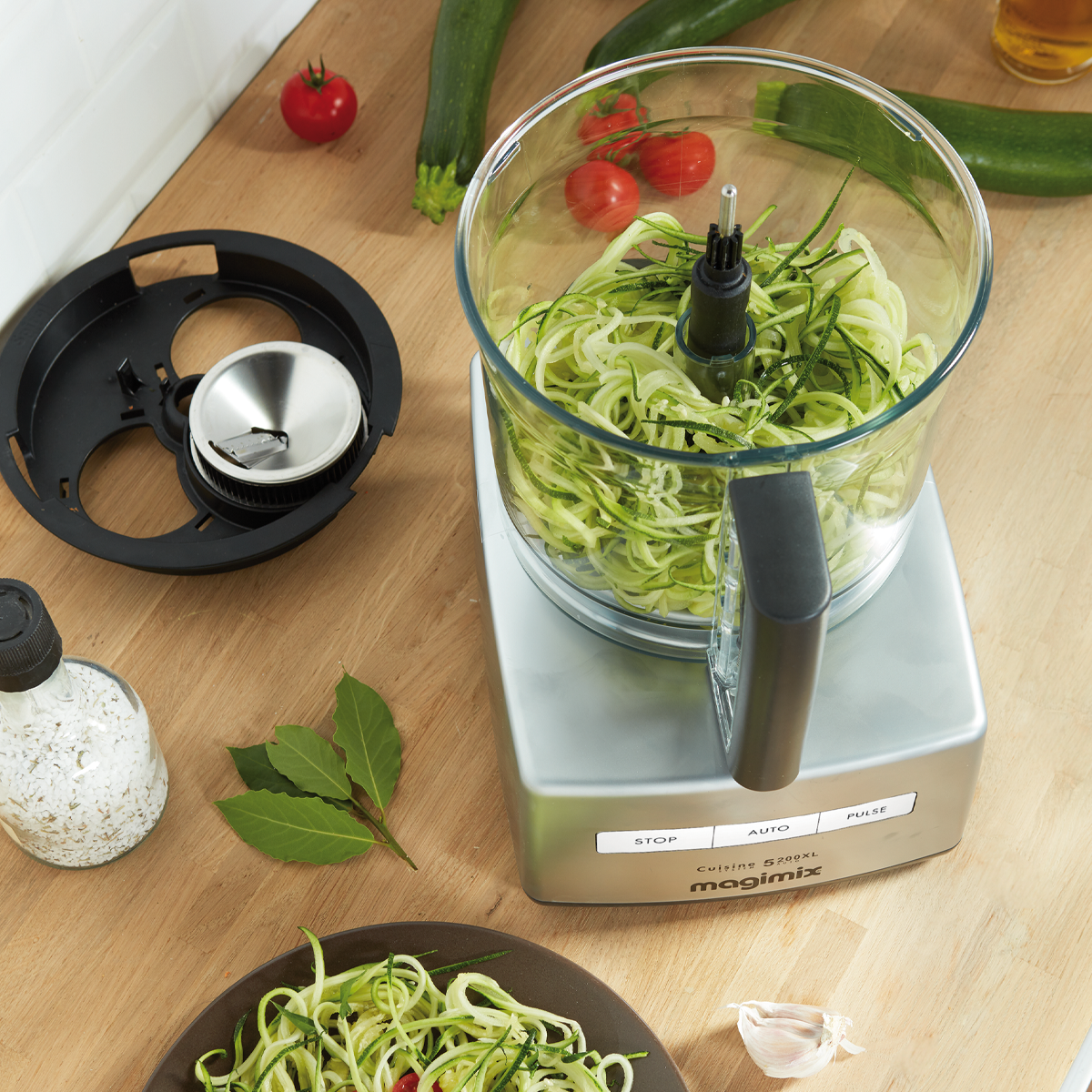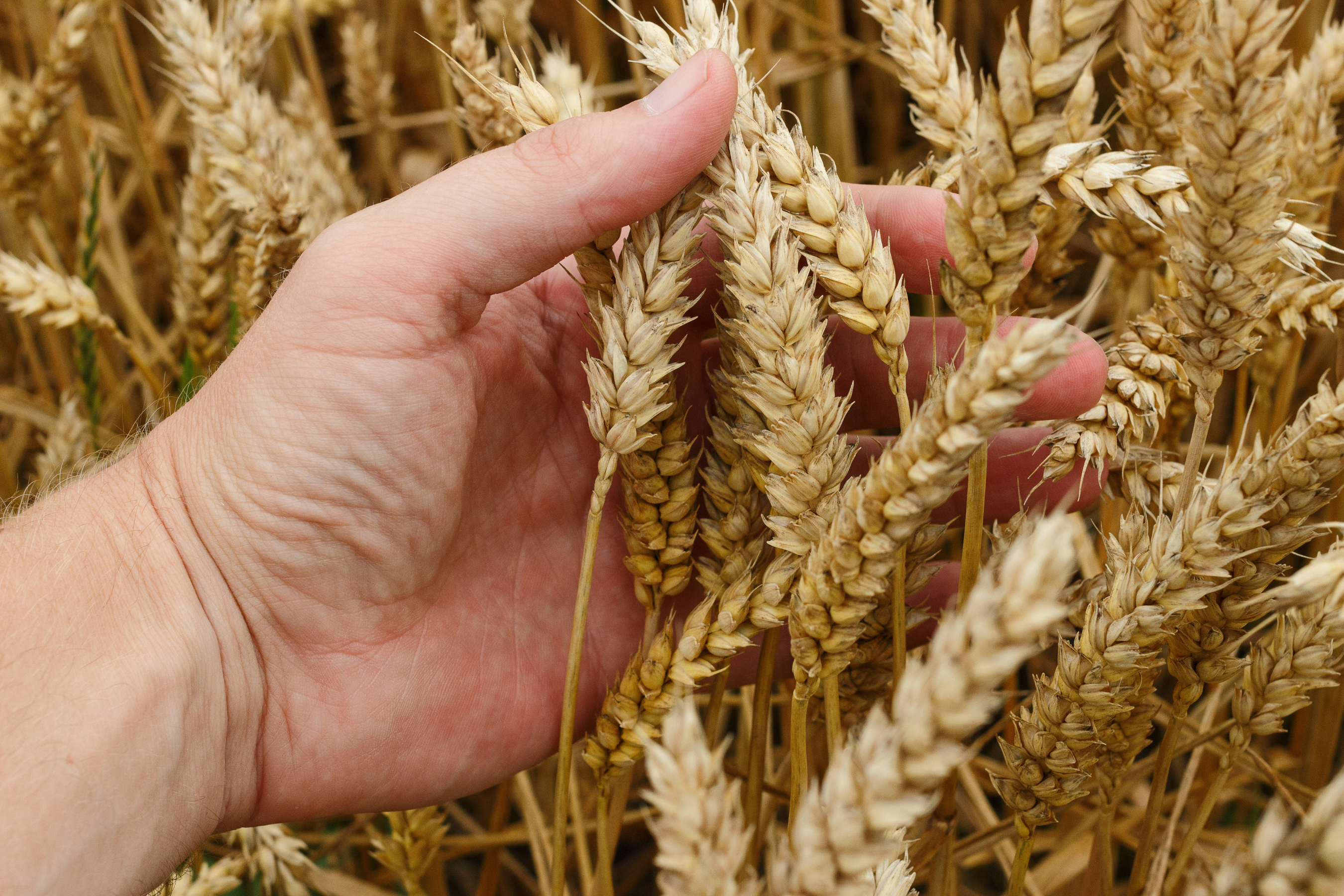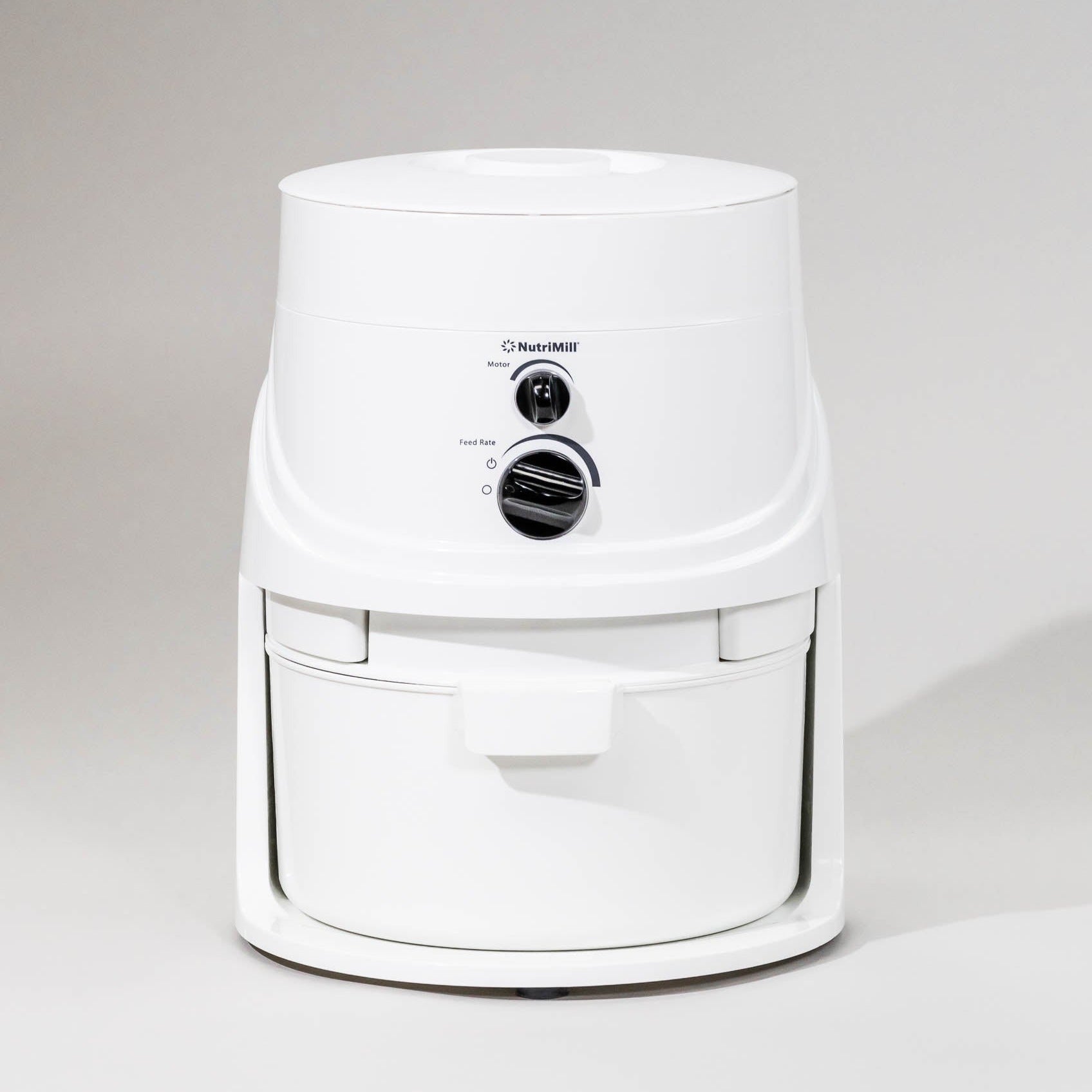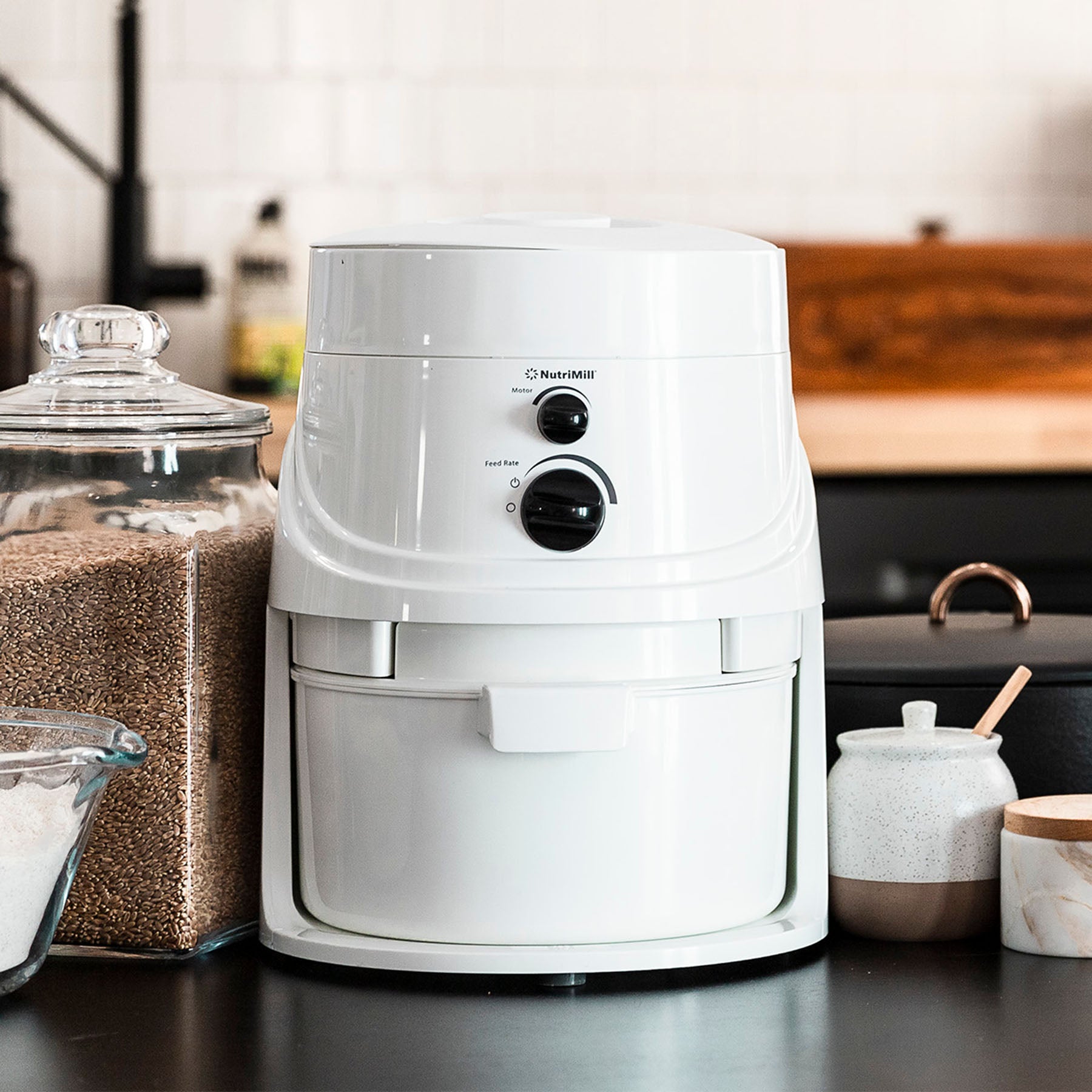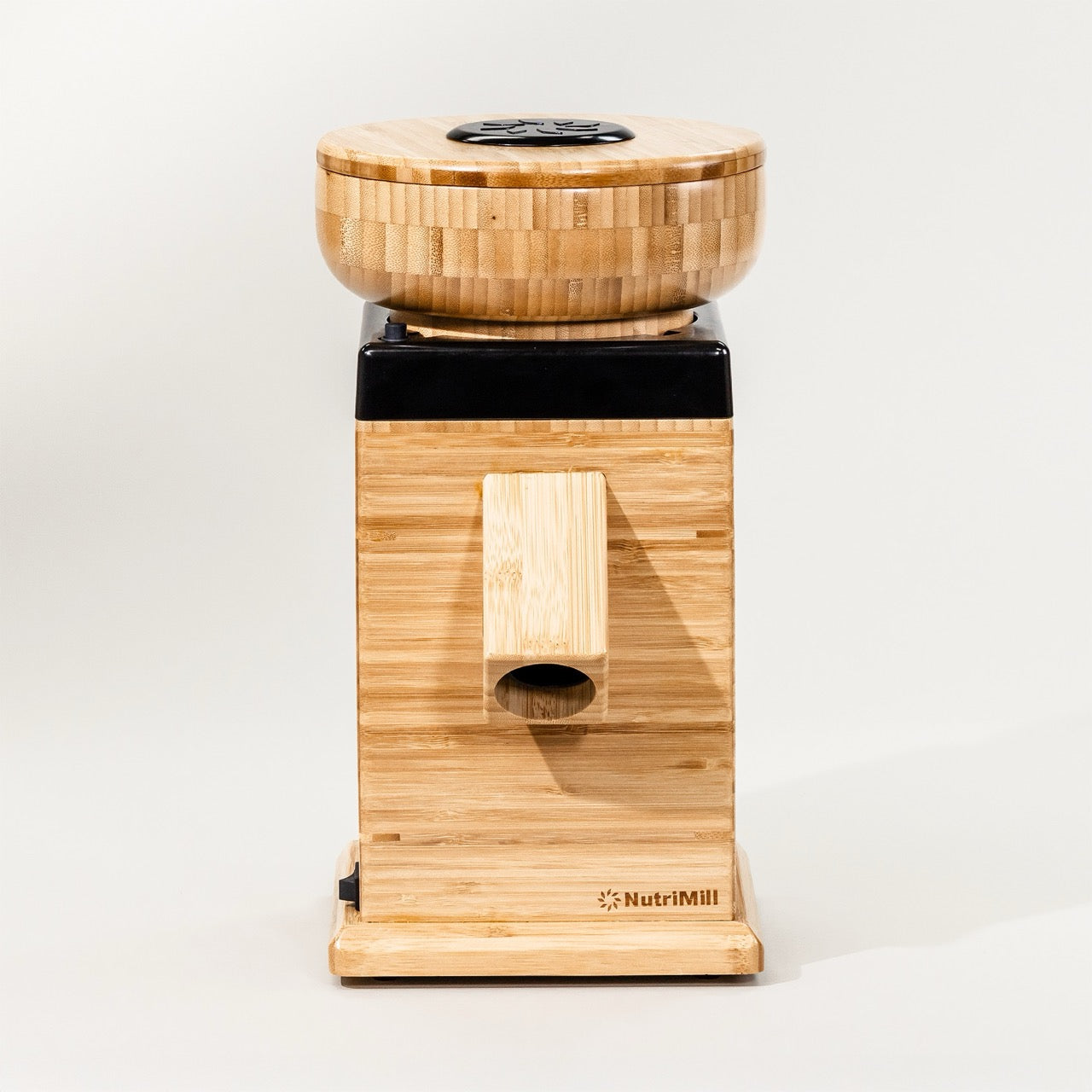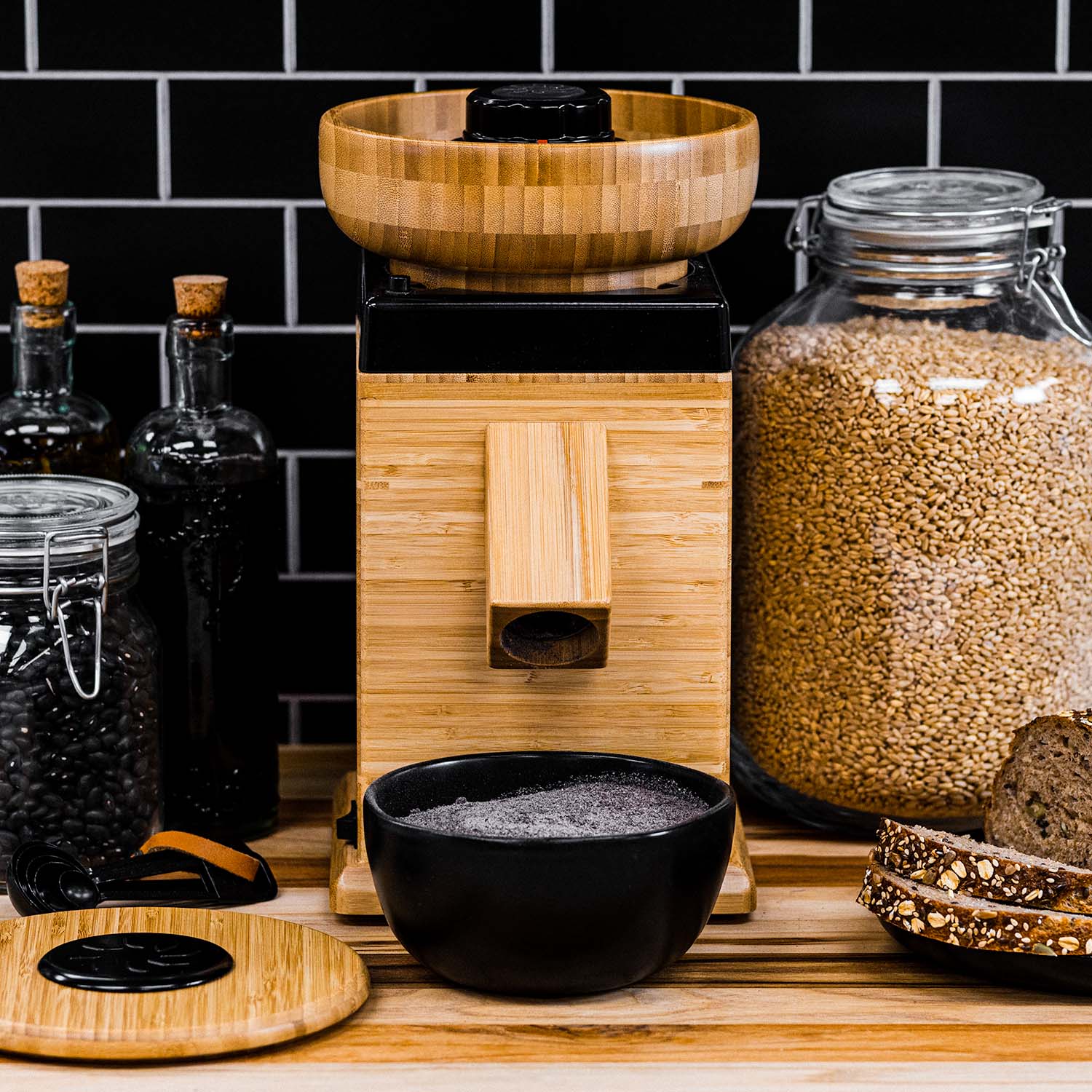Are you looking to bake bread or create baked goods with a unique twist? Why not try milling your own flour at home? Not only is it cost-effective and sustainable, but it also provides numerous health benefits and improves the flavor and texture of your baked goods. Let's dive into the details and learn how you can mill your own flour right at home.
Why Mill Your Own Flour?
Flour is a staple ingredient in many households, used for baking everything from bread to cakes. While most people buy commercially milled flour from the grocery store, there's a growing trend of milling your own flour at home. Here are some reasons why:
Health Benefits of Freshly Milled Flour
Freshly milled flour is packed with nutrients and minerals that are essential for our bodies. Commercially milled flour often has a long shelf life, which strips it of many of its essential nutrients. By milling your own flour, you can preserve these nutrients and add natural goodness to your baked goods.
Some of the nutrients found in freshly milled flour include:
- Fiber
- Protein
- Vitamins B and E
- Magnesium
- Zinc
These nutrients are important for maintaining a healthy diet and can help reduce the risk of chronic diseases such as heart disease, diabetes, and certain types of cancer.
Cost Savings and Sustainability
If baking is your thing, milling your own flour will save you money in the long run. Commercially milled flour can be expensive, especially if you choose organic options. Additionally, milling your own flour at home is a sustainable practice that helps reduce the carbon footprint created by transporting and processing large quantities of flour.
When you mill your own flour, you can buy grains in bulk and store them for a long time. This means you can save money by purchasing larger quantities of grains and milling them as needed. Additionally, you can control the quality of the grains you use, ensuring that they are organic and free from preservatives and additives.
Improved Flavor and Texture
Freshly milled flour has a unique flavor and texture that is impossible to find in commercially milled flour. It has a richer and nuttier flavor, with a texture that's perfect for making bread or pastries. Milling your own flour allows you to experiment with different types of grains and blends, providing endless opportunities for creating unique baked goods.
Some of the grains you can use for milling include:
- Wheat
- Rye
- Spelt
- Kamut
- Buckwheat
- Corn
Each grain has its own unique flavor and texture, allowing you to create a wide variety of baked goods. Additionally, you can experiment with different blends of grains to create your own signature flour.
In conclusion, milling your own flour is a rewarding and sustainable practice that can improve the health benefits, cost, and flavor of your baked goods. So, why not give it a try?
Choosing the Right Grain Mill
Grinding your own flour has become increasingly popular in recent years, as more and more people are looking for ways to incorporate fresh, whole grains into their diets. Whether you're a seasoned baker or just starting out, choosing the right grain mill is essential for achieving the perfect texture and flavor in your baked goods.
Manual vs. Electric Grain Mills
When it comes to grain mills, there are two main options to choose from: manual and electric. Manual grain mills are powered by hand, making them more affordable and portable. With a manual mill, you have complete control over the milling process, and you can adjust the grind settings to achieve the perfect texture for your flour. On the other hand, electric grain mills make the milling process quicker and more efficient, but they can be more expensive and take up more space.
One advantage of manual mills is that they don't require electricity, which makes them a great option for off-grid living or camping trips. They're also much quieter than electric mills, which can be a consideration if you're planning to do a lot of grinding in a small space.
However, electric mills are generally faster and more convenient, especially if you're planning to grind large quantities of grain. They're also more consistent in their grinding, which can be important if you're looking for a specific texture or consistency in your flour.
Key Features to Consider
When choosing a grain mill, there are several key features to consider. Look for a mill that offers variable grind settings so you can choose the perfect texture for your flour. Some mills offer a range of settings, from coarse to extra-fine, while others have a more limited range.
You'll also want to consider the size of the hopper, which is the container that holds the grain. A larger hopper will allow you to grind more grain at once, which can be helpful if you're planning to make large batches of bread or other baked goods. However, a larger hopper can also make the mill bulkier and more difficult to store.
The quality and durability of the milling mechanism is also an important consideration. Look for a mill with a strong, sturdy mechanism that can handle tough grains like wheat and corn without breaking down. Some mills are made with ceramic or steel burrs, which are more durable than other materials.
Selecting and Storing Your Grains
Grains have been a staple in human diets for thousands of years, providing essential nutrients and energy. Nowadays, with the rise of home milling, it's easier than ever to enjoy freshly milled grains in the comfort of your own home. However, before you start milling your own flour, there are a few things to consider.
Types of Grains to Mill
One of the most exciting aspects of milling your own flour is the ability to experiment with different types of grains. While wheat is the most commonly milled grain, there are many other options to explore. Spelt, for example, is an ancient grain that has a nutty, slightly sweet flavor. Rye, on the other hand, has a distinct earthy flavor that's perfect for bread-making. And don't forget about corn, which can be milled into cornmeal or grits for a delicious Southern-style breakfast.
Each grain offers a unique flavor and texture, so it's essential to try a variety to find the best match for your taste. You can even mix different types of grains to create your own custom flour blend.
Organic vs. Conventional Grains
When selecting grains to mill, it's important to consider the quality of the grain. Organic grains are grown without harmful pesticides and chemicals, making them a healthier choice for you and the environment. They are also more nutrient-dense, providing a higher concentration of vitamins and minerals than conventionally grown grains.
While organic grains may be more expensive than conventional options, the benefits are well worth the cost. You'll be supporting sustainable farming practices and enjoying a healthier, more flavorful product.
Proper Grain Storage Techniques
Once you've selected your grains, it's important to store them properly to preserve their quality. Grains should be stored in a cool, dry place, away from direct sunlight. The ideal temperature for grain storage is between 40 and 70 degrees Fahrenheit.
It's also essential to keep your grains sealed tightly to prevent moisture from getting in. Moisture can cause grains to spoil or become infested with insects, ruining the flavor and quality of the flour. Airtight containers or vacuum-sealed bags are the best options for storing grains long-term.
By following these simple storage techniques, you can ensure that your grains last longer and maintain their flavor and nutritional value. So go ahead and stock up on your favorite grains, and start milling your own flour today!
The Milling Process
The milling process is an essential step in creating high-quality flour. It involves preparing the grains, adjusting the mill settings, and using different milling techniques for different types of flour. Let's take a closer look at each of these steps.
Preparing the Grains
Before milling, it's crucial to prepare your grains properly. This involves cleaning them thoroughly and removing any debris. You can use a grain cleaner or simply sort through the grains by hand. Once the grains are clean, soak them in water for a few hours. This process will soften the grains and make them easier to mill. After soaking, drain the grains and let them dry completely. This step is crucial as it improves the final product's texture and flavor.
Adjusting the Mill Settings
Once your grains are ready to go, it's time to adjust your mill settings. The mill settings determine the final product's texture and consistency, so it's essential to get them right. Follow the instructions that came with your grain mill to ensure you're using it correctly and safely. Pour the grains into the hopper and adjust the settings to the desired grind. It's best to start with a coarse grind and work your way to a finer grind. After milling, sift the flour to remove any remaining debris, and then store it in an airtight container until ready to use.
Milling Techniques for Different Flours
When milling different types of grains, it's important to adjust the settings on your mill accordingly. For example, wheats require a finer grind than corn or rice. Experiment with different settings to determine the best grain-to-flour consistency for each particular flour you're creating. The time spent on this step can ensure that you get the ideal texture that you want.
Another factor to consider when milling different types of flour is the moisture content of the grains. Drier grains will require a finer grind to achieve the desired texture, while wetter grains will require a coarser grind. It's essential to monitor the moisture content of your grains and adjust your milling techniques accordingly.
In conclusion, the milling process is a crucial step in creating high-quality flour. By properly preparing your grains, adjusting your mill settings, and using different milling techniques for different types of flour, you can achieve the perfect texture and consistency for your baking needs.
Conclusion
By milling your flour at home, you can achieve cost savings, sustainability, and access the nutrients and health benefits of fresh grains. Choose a grain mill that fits your budget and needs and explore the wide variety of grains available. With a bit of practice, you will be milling the easiest and most delicious flour for all your baking needs.
